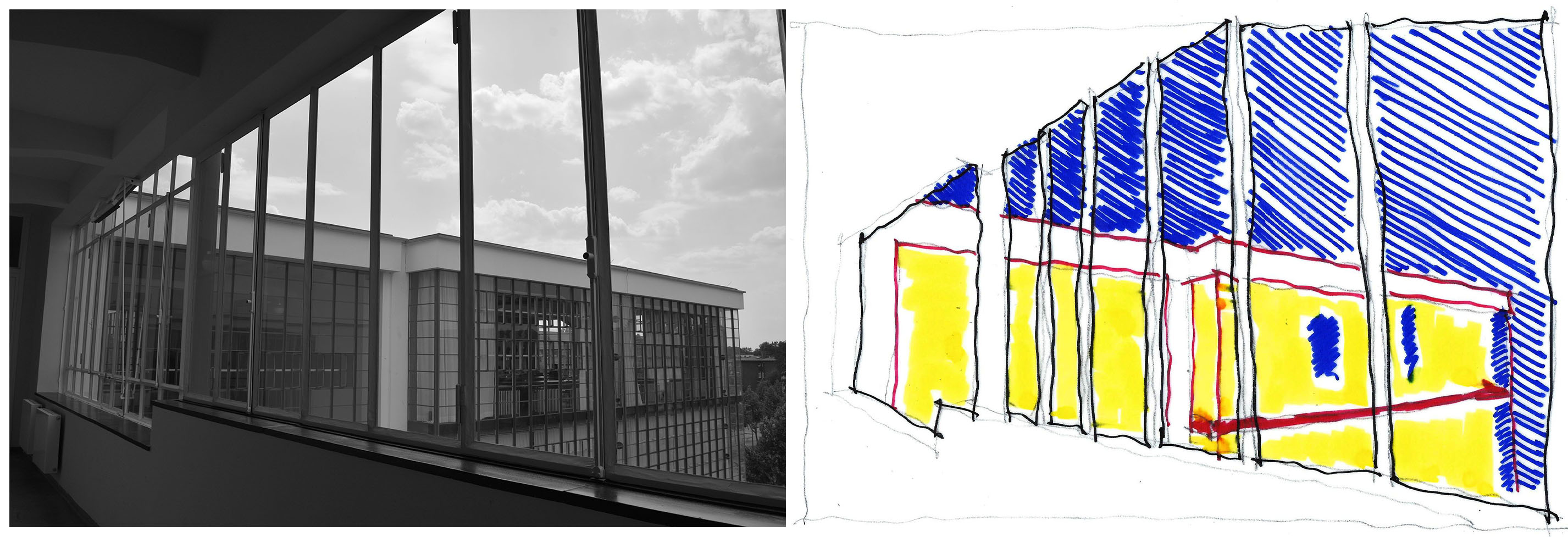This study attempts to bring together two arts, Architecture and Photography. To achieve this goal, the concept of transparency is used as a common axis upon which their relationship is explored. Initially, the goal is to interpret Architecture through Photography.
The first part of the study, explores the history of the evolution of the various methods of representation, starting from the perspective, until the invention of Photography and the way in which the later influenced the evolution of Architecture. It outlines a set of basic principles and values of architectural photography over time and it analyses some fundamental concepts of spatial perception of the observer, such as experience, observation and sensory perception, in contrast to the visual-oriented world. Subsequently it attempts to expand the spatial continuity between the interior and exterior space, through the notion of window, introducing, thus, an cross examination of architectural and photographical frame. This comparison explains also the main title »ROOM WITH VIEW«.
In the second part, the study focuses on the concept of transparency that examined from different perspectives. Main axis of analysis is the key text »Transparency: Literal and Phenomenal« by Colin Rowe and Robert Slutzky, that identifies two main categories of transparency, literal and phenomenal. This text uses as key studies two buildings as being representative of each category: Le Corbusier’s Villa Stein de Monzie and the Bauhaus building by Walter Gropius, which are analysed through extensively through drawings and published photos.
Finally, taking a more critical attitude, the study follows a dual, parallel methodology: on the one hand, it carries out an archival research and in-depth analysis of the transparency of the two buildings by exploring the way it has been represented by the well-known published photographs over time. On the other hand, after paying a visit in the two buildings, it explores the concept of transparency through personal photographs, sketches and empirical observations that followed the personal experience of the two buildings.


![[ROOM WITH A VIEW]
In the context of Transparency:
A look at Photography and Architecture](/admin/ftp/objects/190224125859.jpg)
![[ROOM WITH A VIEW]
In the context of Transparency:
A look at Photography and Architecture](/admin/ftp/objects/190224125917.jpg)
![[ROOM WITH A VIEW]
In the context of Transparency:
A look at Photography and Architecture](/admin/ftp/objects/190224125937.jpg)
![[ROOM WITH A VIEW]
In the context of Transparency:
A look at Photography and Architecture](/admin/ftp/objects/190224125958.jpg)
![[ROOM WITH A VIEW]
In the context of Transparency:
A look at Photography and Architecture](/admin/ftp/objects/190224130011.jpg)
